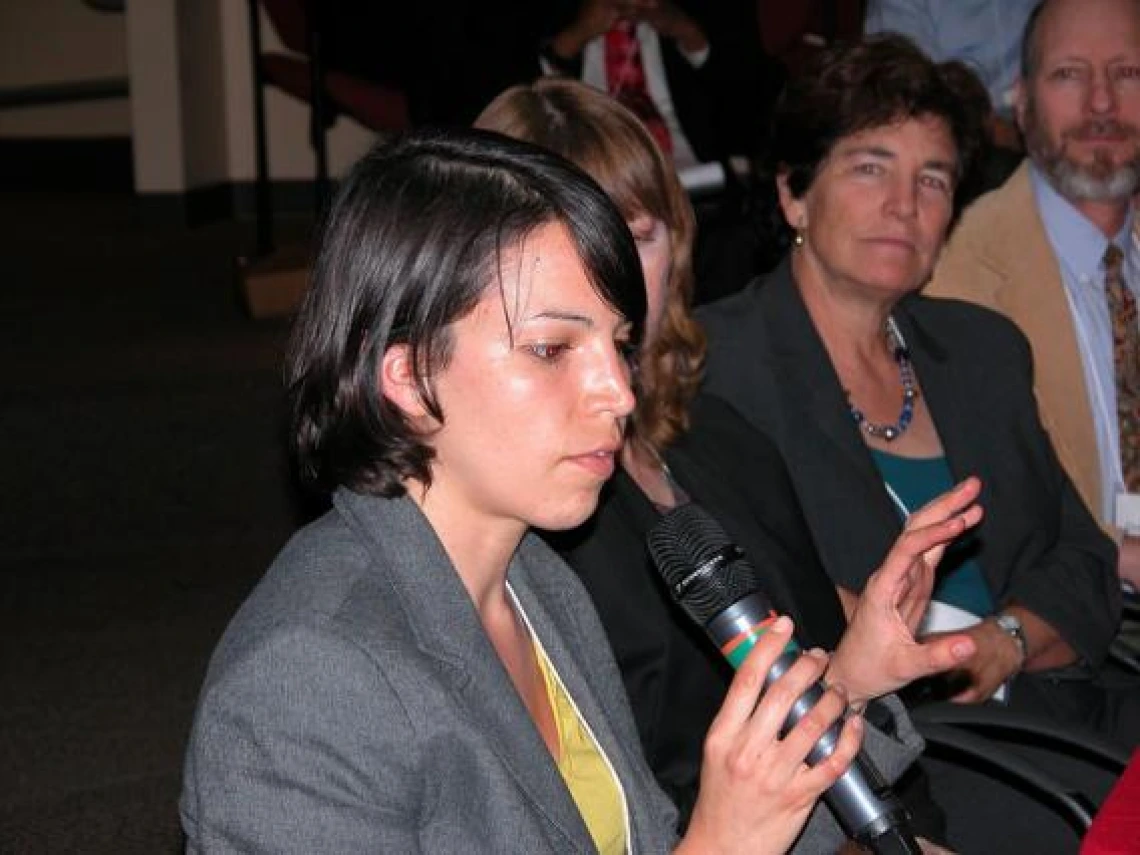Helping vulnerable populations adapt to climate change

"Climate Conversations" is a series of discussions involving more than 75 community leaders to date. The conversations are centered on concerns about how climate change will affect water resources, health, emergency management, agriculture, land management, and traditional practices in more vulnerable populations in southern Arizona and Mexico and how to best prepare for those impacts.
“These conversations are guiding our efforts to engage these communities in discussions about preparing for climate change impacts,” said CCASS Director Kathy Jacobs.
CCASS kicked off the initiative in November 2014 with Climate Conversations with Hispanic Leaders, in a forum at the UA that was co-hosted by the World Wildlife Fund. PDFs of all presentations are available here. Nationwide, nearly 40 million Americans speak Spanish at home, motivating the center both to network with Hispanic leaders and to provide Spanish-language materials on adapting to climate change on its website.
In collaboration with the Haury Program’s Native Nations Climate Adaptation Program, the center expanded the dialog in March to include Native Nations, which share some of the concerns of Hispanics but also face other challenges.
As noted in the key messages of the Indigenous Peoples chapter of the recently released U.S. National Climate Assessment, impacts from climate change threaten Native peoples’ health and homelands as well as access to and viability of traditional foods and crops, which have provided sustenance as well as cultural, economic, and medicinal contributions for generations. Native communities’ vulnerabilities and limited capacity to adapt to water-related challenges are also exacerbated by historical and contemporary government policies and poor socioeconomic conditions, according to the assessment.
Arizona’s population is 30 percent Hispanic and 5.3 percent Native American, according to the 2013 U.S. Census. In Pima County, Hispanics constitute 35 percent of the general population, and Native Americans make up 4.5 percent.
Representatives from the Tucson City Council, Pascua Yaqui Tribe, Tohono O’odham Nation, Pima County Community College, the Consulate of Mexico in Tucson, Pima County Health Department, Pima Association of Governments, the Border Environment Cooperation Commission, Arizona Bilingual, the UA, and others attended one or both of the discussions.
Planning is underway for an expanded climate meeting in 2016. In addition, representatives of tribes who have successfully created climate adaptation plans will meet to share lessons learned from their efforts in November 2015. To date, only nine of 566 tribes have created such plans, and their insights will help inform other tribes as they prepare plans. The Tohono O’odham Nation has chosen to work with CCASS on its plan, which could serve as a prototype for CCASS adaptation work with other tribes.
“Our meetings with leaders are helping us identify issues of most consequence to these communities, so that we can target informational sessions and talks that will have the most relevance for the broader community,” Jacobs said.
Drought has gripped the southwestern U.S. for more than a decade, and average temperatures are rising: four of Tucson’s six warmest years on record have happened in the past six years, with 2014 topping the list. Temperatures in Tucson are expected to increase by an average of 7 degrees Fahrenheit by 2099, and the warm season will last longer, said Gregg Garfin, deputy director for science translation and outreach at the Institute of the Environment and a Climate Conversations panelist.
Extreme heat especially impacts those who work outdoors, forces others to stay indoors and lower their physical activity, reduces the efficiency of evaporative cooling, and raises electric bills and demands on the power grid.
Other predicted effects of climate change include poorer air quality from increased dust and wildfire smoke, which exacerbates asthma; the spread of vector-borne diseases such as Dengue fever; and impacts to agricultural crops and rangeland practices.

